BIO-K FORTE (Comprenhensive Vitamin K2 Formula) – 60 Capsules
*** Please Login or Register with DC Nutrition to see Prices and Add To Cart. ***
Login | Create An Account / Register
Biotics Research is pleased to announce a comprehensive vitamin K formula, Bio-K Forte Caps?. Bio-K Forte Caps? blends two forms of Vitamin K. K1, known as phylloquinone, and K2, known as menaquionone, target different tissues in the body, ultimately contributing to cardiovascular benefits including aiding in the prevention of vascular calcification, a major complication in cardiovascular disease. The current daily reference intake for vitamin K may be undervalued with recent research showing that it may be too low to meet daily physiological needs. In addition, approximately 60-70% of the daily dietary intake is lost via excretion. Therefore, the need for a continuous dietary supply is pertinent to maintain adequate tissue reserves of this nutrient. Bio-K Forte Caps? supply 688% of the daily value of vitamin K as both K1 and K2 in a natural whole food base.
Vitamin K2?Essential for Healthy Tissues
From Life Extension, et al:
Osteoporosis and heart disease'they seem as unconnected as two conditions can possibly be. On the surface, they do share a few common features. Both conditions develop with age. It's rare for someone to have either condition at age 30, but both are common in the sixth or seventh decade of life. Both conditions don't develop overnight, but require many years to emerge. Just as bone problems require decades to develop, artery problems also accumulates bit by bit over decades, starting in a person's 20s (or earlier) and building gradually until a health catastrophe occurs.
But the resemblance appears to stop there'that is, until we dig beneath the surface. As long ago as the 19th century, scientists knew that an unknown material lining diseased arteries resembled a bone-like structure. For the next 100 years, however, this finding was dismissed as a curiosity, an inevitable accompaniment of aging, and evidence of ?wear and tear,? just like in the joints.
Dr. Linda Demer and her team at the University of California, Los Angeles, were among the first to unravel this curious connection by successfully identifying a protein in human atherosclerotic tissue, which was previously believed to reside only in bone tissue. This protein, called bone morphogenetic protein-2, plays an important role in bone formation.2 Since then, several other key regulators of bone formation have been identified in atherosclerotic plaque tissue, such as matrix GLA-protein and osteopontin, suggesting that common factors might influence both arterial and bone health.
Another curious observation increased the momentum to find a link between bone and arterial diseases. People who had weak bones, or a lack of calcium in their bones, were more likely to possess an excess of calcium (bone) in arteries and vice versa. In fact, what had often been simply assumed to be calcium deposits or calcified plaque was actually fully formed bone tissue. Vascular calcification should therefore be more properly designated as vascular ossification?bone formation within blood vessels. Likewise, many ?risk factors? were also prevalent in overall diminished states of health. Scientists questioned why there was such a tight link between excess calcium in one organ (bones) and deficient calcium in another (arteries). And why, in some apparently healthy people, are the two present simultaneously to such extremes?
Initially, some proposed that there may be an abnormal transfer of calcium from bones to arteries. This did not hold up to scrutiny, however, since each system proved to be under its own regulation.
Although certain prescription drugs, such as raloxifene (Evista?) and alendronate (Fosamax?), addressed the problem of osteoporosis, no solution emerged to address both bone and arterial health, that is, until now. Current research is highlighting the importance of nutritional solutions to control the link between arterial and bone diseases by addressing calcium metabolism in the body?in particular, the role played by vitamin K2.
Vitamin K2 Protects Against Blood Vessel Problems
Normal deposition of calcium occurs in two organs: bone and teeth. Abnormal deposition of calcium in the body occurs in three places: the inner lining of the arteries (the intima) where artery hardness accrues; the muscle layer of arteries (?medial calcification?); and heart valves. Vitamin K2 appears to be the form of vitamin K that contributes to controlling all of these phenomena.
However, calcium has historically been viewed as a passive marker, certainly not an active participant in heart disease. Some maintained that calcium was nothing more than a remnant of prior ?rupture,? a scar from dangerous inflammatory activity of soft plaque. They even argued that calcium was, in fact, a reflection of increased plaque stability, as the ?hard? material was not itself prone to rupture. Thus, they believed that calcium played no active role in contributing to atherosclerotic plaque.
Those arguments have now been dashed by new observations. A definitive connection between vitamin K2 levels and heart disease, in terms of a large-scale, well-controlled clinical trial, was first described in 2004 in the Rotterdam Heart Study?a Dutch trial that tracked 4,800 participants for seven years. The study revealed that participants who ingested the greatest quantities of vitamin K2 in their diet experienced a 57% reduction in death from heart disease than people who ingested the least. The same relationship did not hold for vitamin K1. Unfortunately, in this study MK-4 and MK-7 intake and levels were not separately analyzed but were grouped together, along with other MK categories such as MK-8 and MK-9.
Higher intakes of vitamin K2 also corresponded to less calcium deposition in the aorta (an indirect measure of artery problems), whereas participants who ingested less K2 were more likely to show moderate or severe calcification. The lowest risk of heart attack and aortic calcification was seen in participants who included more than 32.7 mcg a day of vitamin K2 in their diet.
The size and quality of the Rotterdam Heart Study gave credibility to the powerful association between vitamin K2 dietary intake and heart problems and suggests that vitamin K2 may confer cardiovascular benefits by inhibiting arterial calcification.
Physicians and scientists are now intensely interested in monitoring and halting the accumulation of coronary calcium, since they know that it comprises a significant portion of artery plaque volume.
It appears therefore that the accumulation of calcium signals actively growing arteryc plaque and that vitamin K deficiency may set the stage for this pathogenic process.
General Vitamin K Physiology
Two forms of vitamin K are naturally occurring; vitamin K1, known as phylloquinone and vitamin K2, referred to as menaquionone. K1 and K2 differ in their structural arrangement, with K1 compounds possessing a saturated side chain, while the K2 family of compounds has an unsaturated side chain. In addition to their structural differences, they also target different tissues. The K1 family of compounds (phylloquinones), synthesized in green leafy vegetables and in plant leaves, is the primary dietary source of vitamin K, estimated to contribute about 40-50% of the total dietary intake. Alternative sources of phylloquinones include meals prepared with phylloquinone-rich oils such as soybean, cottonseed, canola and olive oils, estimated to contribute ~15% of the dietary phylloquinine intake. In relation to health, the phylloquinines are typically associated with bone mineralization. Subobtimal levels are correlated to an increase in both osteoporotic fracture rates and osteoporosis. The former has been correlated with a more ?Westernized? lifestyle, which is typically high in protein. Consequently, as a result of a high protein diet, an increase in the net renal acid excretion has been observed, which in turn increases the excretion of urinary calcium.5 Even in healthy individuals it has been observed that there is a substantial fraction of undercarboxylated or incompletely carboxylated species of osteocalcin and matrix Gla protein (MGP) in circulation, indicating a quantifiable deficiency in vitamin K.7 In a study by Rejnmark L., et al., it was noted there was no effect on the bone mineral density (BMD) of the femoral neck or lumbar spine, with a vitamin K intake of 60 mcg/day. A separate study, utilizing a high phylloquinine intake, demonstrated a greater reduction in the percent of underconverted osteocalcin (P<0.05) with high dose supplementation (1000-2000 ug/day phylloquinine, compared to 500æg/day), implicating that a high intake was needed for the conversion of osteocalcin. This in turn may indicate the likelihood that the current daily reference intake (DRI) is too low to support the carboxylation of osteocalcin. Added to the likelihood of a low dietary intake is the fact that phylloquinine is extensively catabolized in the liver. Subsequently, it has both a quick turnover rate, and a rapid depletion rate. This fact combined with the extensive loss due to excretion, suggests that a continual daily supply is appropriate to support bone maintenance.
Menaquinones, collectively referred to as vitamin K2, are structurally defined by their content of isoprene units. Those of dietary relevance have from four (MK-4) through ten (MK-10) isoprenoid residues. Unlike phylloquinones, menaquinones are present in both human and animal tissues, and are largely synthesized by the gut microflora. Overall they contribute only a very small portion to the daily vitamin K supply, except in cultures consuming large amounts of fermented soybean products, which contains significant amounts of MK-6 and MK-8.
Vitamin K2 is associated with beneficial cardiovascular attributes, and is believed to suppress arterial calcification via γ-carboxylation of matrix glutamic acid residues. Vascular calcification is considered a major complication in cardiovascular disease, as well as an independent risk factor for both myocardial infarction and ultimately death. Experimental inactivation of MGP by treatment with a vitamin K antagonist has been demonstrated to result in rapid arterial calcification. However, this attribute is negated with high doses of vitamin K, as demonstrated by its ability to result in the regression of arterial calcification. The forms commonly utilized in nutritional supplements are the MK-4 and MK-7. Although both are effective, MK-4 has a very short half-life, about one hour, whereas the half-life of MK-7 is much longer, typically about three days.
As a cofactor in the γ-glutamyl carboxylation pathway, the vitamin K dependent (VKD) proteins play a physiologically diverse role in cellular proliferation. These proteins also play a very important role in the activation of the coagulation cascade, and in the maintenance of both the flow and the structural integrity of vascular tissues.
The VKD proteins, although traditionally associated with blood coagulation, are currently known to be present in virtually every tissue, and evidence indicates that they play a significant role in bone mineralization and metabolism, including bone development and maintenance, apoptosis, phagocytosis, growth control, chemotaxis, signal transduction and arterial calcification. In addition to their role in arterial calcification they have also been correlated to cardiovascular health, by virtue of their association with the coagulation cascade, particularly the recently described halotype vitamin K epoxide reductase complex subunit 1 (VKORC1).
Optimal Intake Amounts of Vitamin K2
Currently the daily reference intake (DRI) for vitamin K is 90 mcg/day for adult females, and 120 mcg/day for adult males. However, as indicated above, this value may be too low to meet daily physiological needs. Vitamin K2 intakes of 45 mcg/day have been recommended by clinical nutritionists. Since approximately 60-70% of the daily dietary intake is lost via excretion, the need for a continuous dietary supply in an effort to maintain adequate tissue reserves is pertinent.
Safety Caution
If you take Coumadin? (warfarin), use of vitamin K should be discussed with your doctor before you begin supplementation, as changes in blood thinning (prothrombin time or INR [international normalized ratio]?measures of how quickly blood clots) may occur.
NOTE: There are data to suggest that modest supplementation of vitamin K1 and perhaps K2 adds to long-term stability of blood coagulation.
PRODUCT DESCRIPTION:
BIO-K FORTE CAPS
Each capsule supplies:
Vitamin K (as menaquinone-7 & phytonadione) 550 mcg
consisting of:
[Vitamin K1 as phytonadione] 50 mcg
[Vitamin K2 as menaquinone-7] 500 mcg
Superoxide dismutase (vegetable culture source) 60 mcg
Catalase (vegetable culture source) 60 mcg
Other ingredients: Capsule shell (gelatin and water) and magnesium stearate (vegetable source**).
** Specially grown, biologically active, containing naturally occurring and/or organically bound phytochemicals including polyphenolic compounds with superoxide dismutase and catalase, dehydrated at low temperatures to preserve associated enzyme factors.
RECOMMENDATION: One (1) capsule each day as a dietary supplement or as otherwise directed by a health care professional.
Contains: 60 Capsules
Product #: 1017
NDC #: 55146-01017

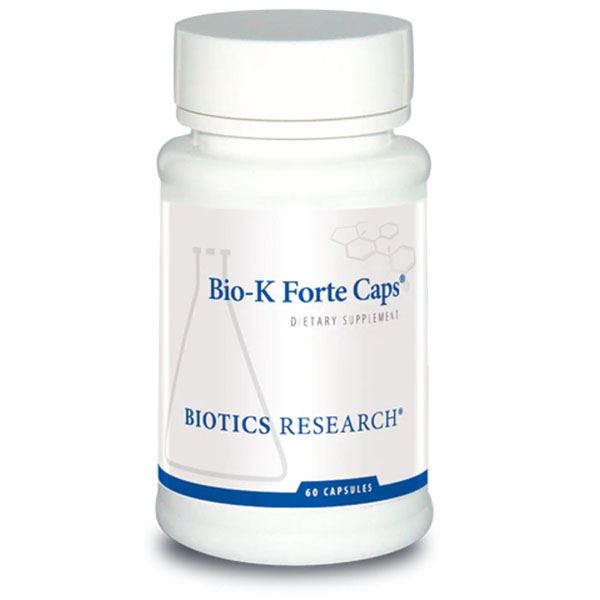
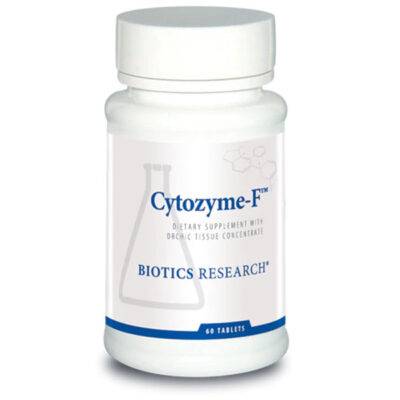
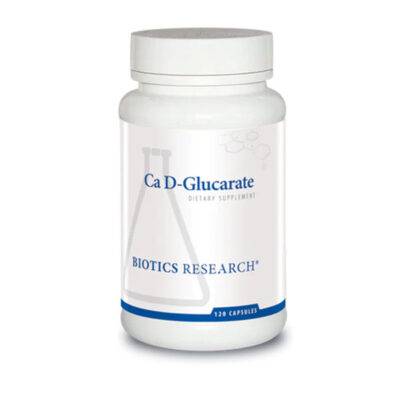
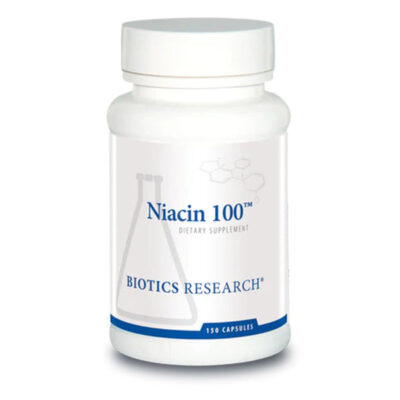
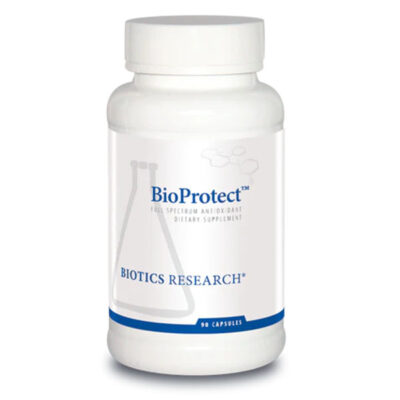
Reviews
There are no reviews yet.